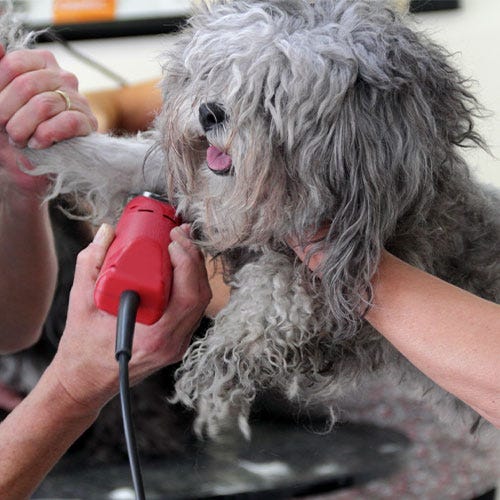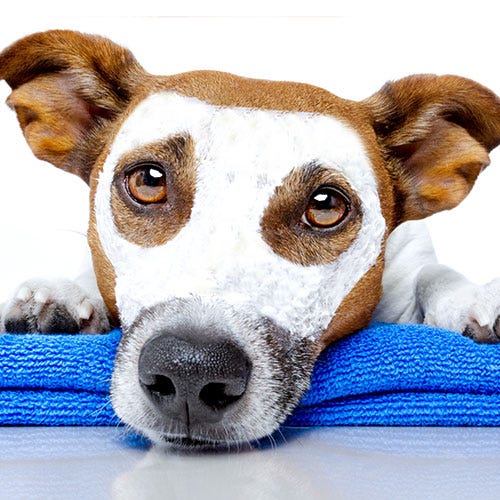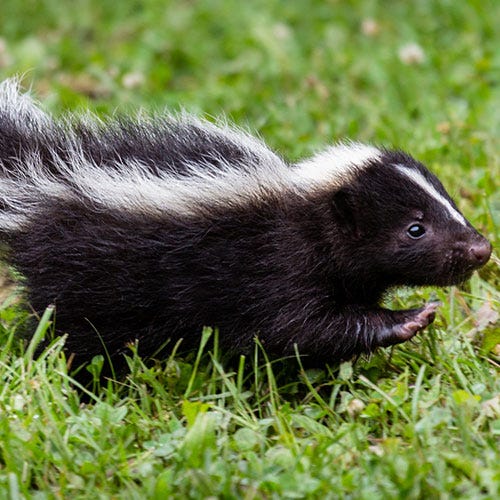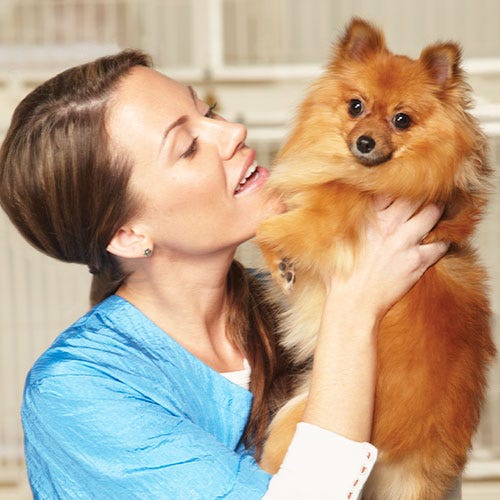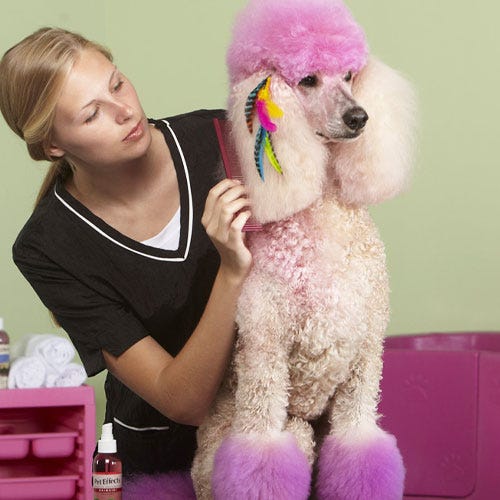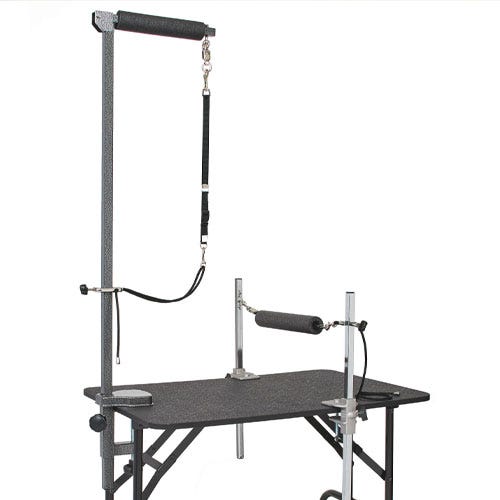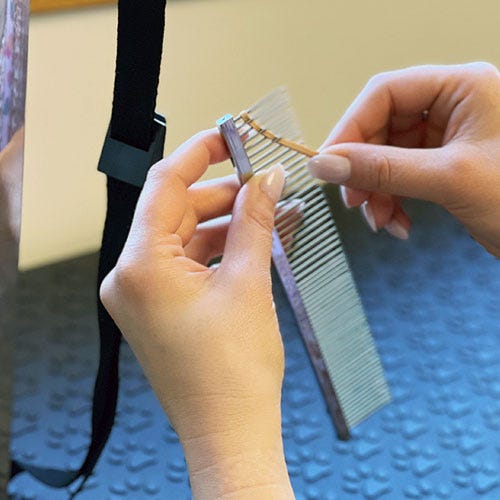Sometimes, dogs must be clipped smooth, also known as shaving. Occasionally, it is by owner request; often, it is because there is no other humane way to rid the pet of a matted, neglected coat. It is often not a groomer’s favorite thing to do, but sometimes shave we must. Here are some tips and tricks to accomplish the job as safely and attractively as possible.
- If possible, start with a clean coat. What I mean by this is that if the coat is not so severely tangled that you can get water and shampoo to the skin, wash the pet before clipping. There are several reasons for this. It is healthier for you to work on a clean pet, so you are not breathing in dust, dander, dirt, and possibly even urine and feces. Beyond that, clipping a clean coat will help prolong the sharp edges on your tools, and in most cases, you will achieve a smoother, more attractive finish on the clip.
- Choose your tools carefully. Decide if it is possible to get a blade that will leave a wee bit of length to the coat. Depending on the degree of tangles and the coat texture, it is often possible to get a #5 blade through it. If you must use a shorter blade on very tangled areas, try a #7 and see if you can blend the two lengths to make things look nice. For instance, the Bichon on your table might have the worst tangles on its underbelly, armpits, and inside the rear legs. Clipping the body with a #5 blade and the very tangled areas with a #7F or #10 blade, the overall look to the pet owner will be the slightly more plush length of the 5. Ideally, don’t use any blade shorter than a #7 blade to help prevent clipper irritation and promote skin health.
- Remember that skip tooth blades will plow through matting more quickly but are also more apt to nick skin folds such as ear edges, tuck-ups, and armpits. Try using the skip tooth on smooth areas, like the back and sides, and switching to a finish blade when working around more delicate spots.
- Consider clipping areas with lots of uneven terrain, such as the lower legs where you are working around joints, possibly dew claws, and carpal pads, against the grain to get all the little wispy hairs even.
- Leave fluff where you can. If you can save some coat on the head and tail, it can make the difference between a customer being happy or complaining. Sometimes, a charmingpersonality trim can be created by just salvaging cute eyebrows or a short mustache and a little texture to the tail fur. Try to avoid leaving a very fluffy head or tail when the rest of the coat has been clipped close because the result will be a pet that looks out of balance. If you don’t know if the pet’s trim is balanced or not, stand back and look at the overall groom. If one feature jumps out at you, and that was not your intention, chances are that feature needs to be better blended with the clipped body coat. Alternatively, if you had to shave every bit of the dog but intentionally left long, floofy tufts on the ear tips for a whimsical look (or some other fun feature), that creative effort can be a winner.
- Consider wet clipping. If you have never tried this technique before, it can allow you to leave some matted coats much longer than if you clipped the fur dry. You can learn more here.
Sending shaved pets home clean, evenly trimmed, and free of the matted fur they arrived with reflects well upon your professionalism and skill.


